Newbattle Viaduct
Newbattle Viaduct
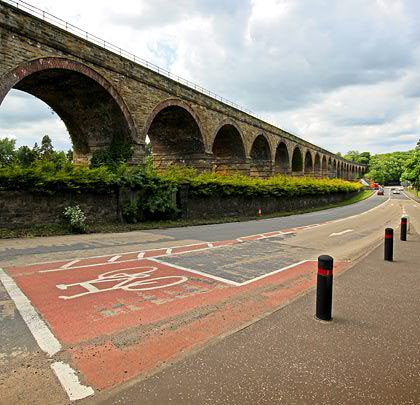
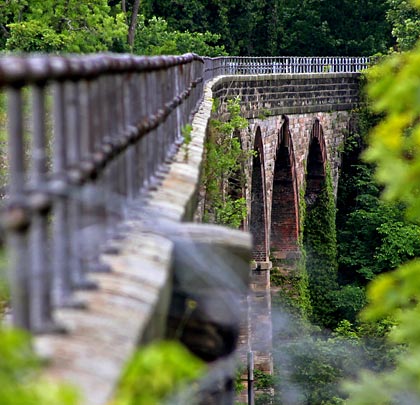
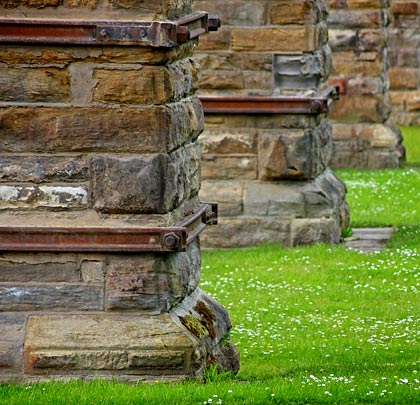
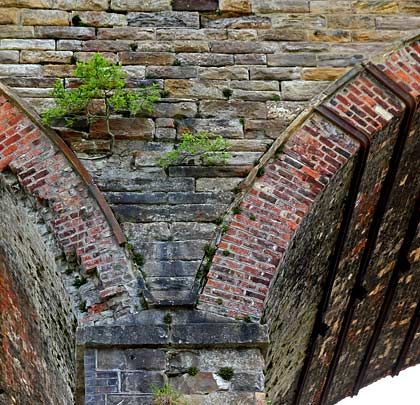
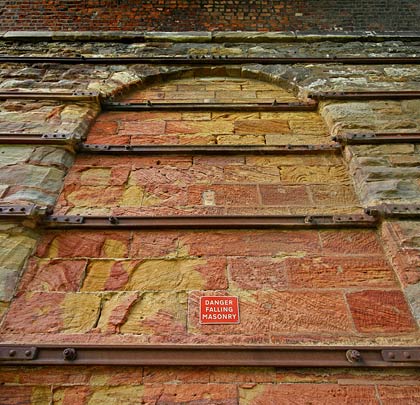
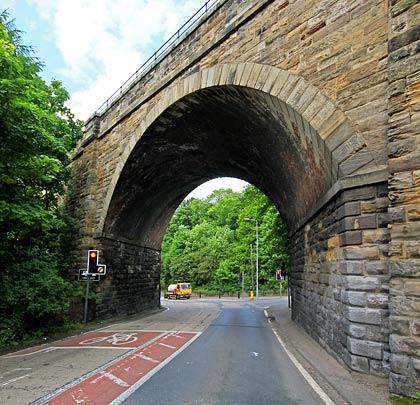
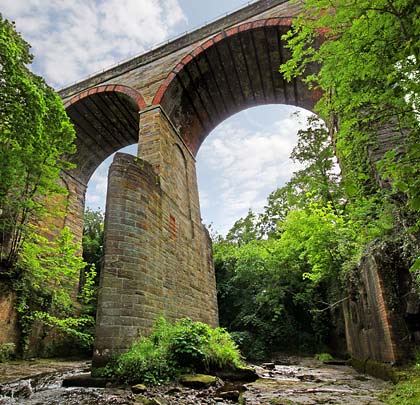
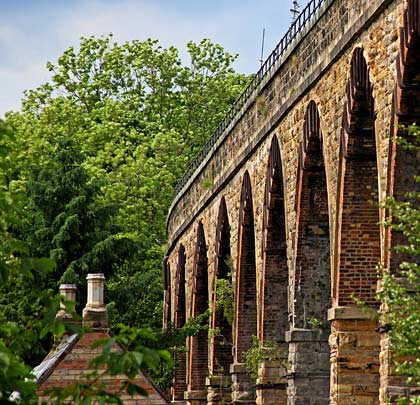
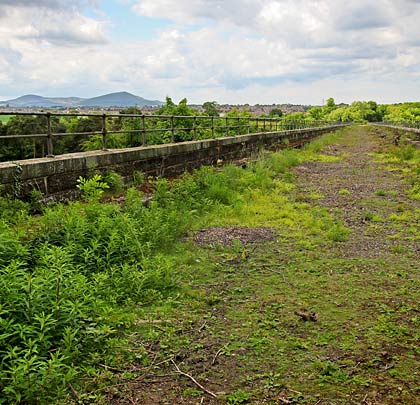
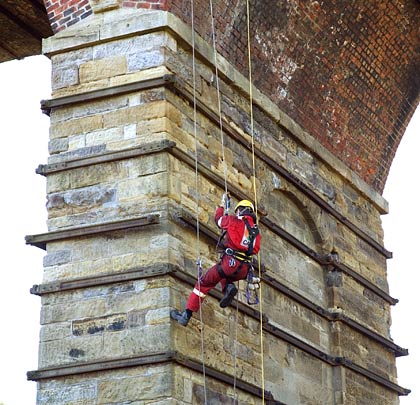
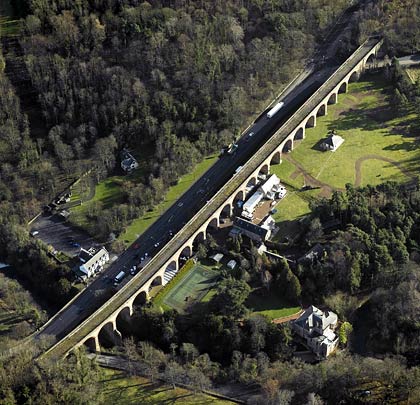
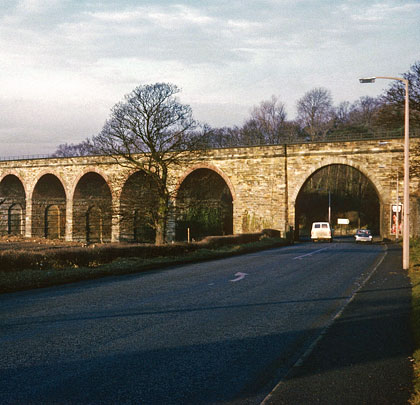












In 1831, the Edinburgh & Dalkeith Railway opened a horse-drawn tramway to carry coal from the mines of Lothian to a city centre station at St Leonards. The southern terminus at South Esk was fed by traffic from the Marquis of Lothian’s single-track waggonway which launched itself over the river to serve a number of local pits thanks to a viaduct at Newbattle. This was a substantial 24-span affair, designed by John Williamson, comprising cast-iron pointed arches, stone piers and a timber deck, extending for 337 yards.
Two branches – to Leith and Dalkeith – had been added to the E&DR by the time the North British Railway paid £113,000 for its network in 1845. The following year brought a conversion to standard gauge tracks. A three-mile southerly extension carried the main line to Gorebridge in July 1847, taking the first step on a march towards Hawick which was reached two years later. It eventually formed part of the Waverley route to Carlisle.
Engineered by John Miller, the principal feat on the Gorebridge extension was a replacement viaduct at Newbattle – adjacent to the original on its south side – featuring 23 semi-circular arches – 14 of 39 feet, seven of 38 feet and two of 44 feet. Costing £22,000, it was wide enough to accommodate two tracks. Queen Victoria described the structure as “very fine”.
Although built substantially of rock-faced sandstone, the arches have brick voussoirs and soffits whilst the imposts, copings and string course benefit from ashlar. Blind arches feature in all the piers – it’s not known whether these were originally open. Both the arches and piers are extensively strapped with bullhead rail.
At its eastern end, the railway traversed the A7 on a skew span with stone voussoirs and buttresses to either side. The River South Esk – towards the west end – is crossed at a height of 90 feet by two arches, supported by a pier which is protected by a huge buttressed cutwater. Although the viaduct is predominantly straight, these two arches and those to their west form a slight northerly curve. End to end, it measures just over 370 yards.
This section of the Waverley outlived the majority, surviving until 28th January 1972 to transport coal from NCB Butlerfield. A year earlier, a Grade B listing had been bestowed on it. A return to operational status came in June 2015 when the 35-mile Borders Railway was commissioned, re-establishing a link between Edinburgh and Tweedbank near Galashiels.







